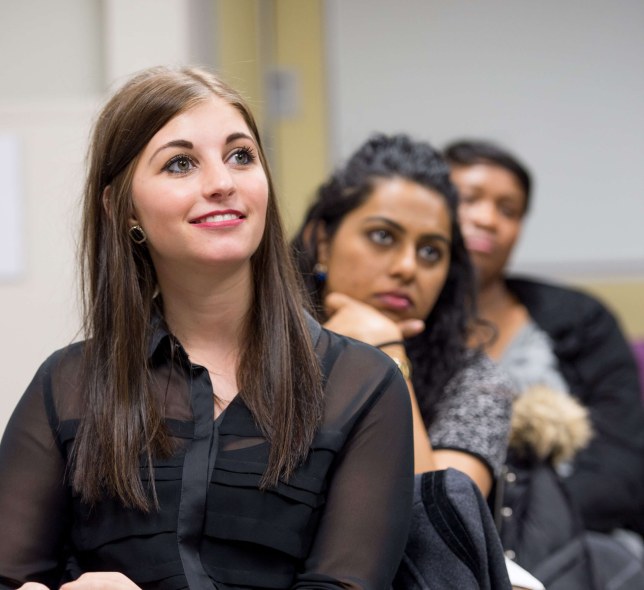The event began around 6:30 p.m. during a regularly scheduled class session, which gave students, including me, a chance to attend. A self-described natural storyteller, Mr. Kerr engaged with students from the moment his presentation began by facilitating a back-and-forth discussion on what does and does not define a brand. The gist was this: a brand is a gut feeling or emotional reaction, rather than a logo or tagline. As Kerr explained, “It’s what people say about you when you’re not in the room.”
To illustrate this, Kerr dove into detail about some notable frontrunners who’ve found success in disrupting the marketing industry’s traditional practices. These included: Casper, a mattress company who sells customers ‘sleep,’ rather than a physical product; and Glossier, who not only allows customers to speak and advocate for the brand, they leverage public feedback and integrate it into their brand identity.
These phenomena, Kerr explained, are indicative of a “post-trust” era of consumerism. Consumers no longer trust the gimmicky slogans of the past or broad, vague authority figures. Today’s emerging consumers are savvier when it comes to product research and, consequently, demand transparency. Authentic stories lend themselves to transparent business practices—consumers will recognize this and flock to it.
As a marketing student, Kerr’s presentation left me with a more enriched understanding of the current industry climate. He pointed out a clear formula for what it takes to be a successful business in this saturated and overly communicative world that we, as graduate students, are about to enter.
Count this presentation as another crucial item in our tool-belts and another way in which LIM is setting us up to be industry experts as we pursue our future careers.



